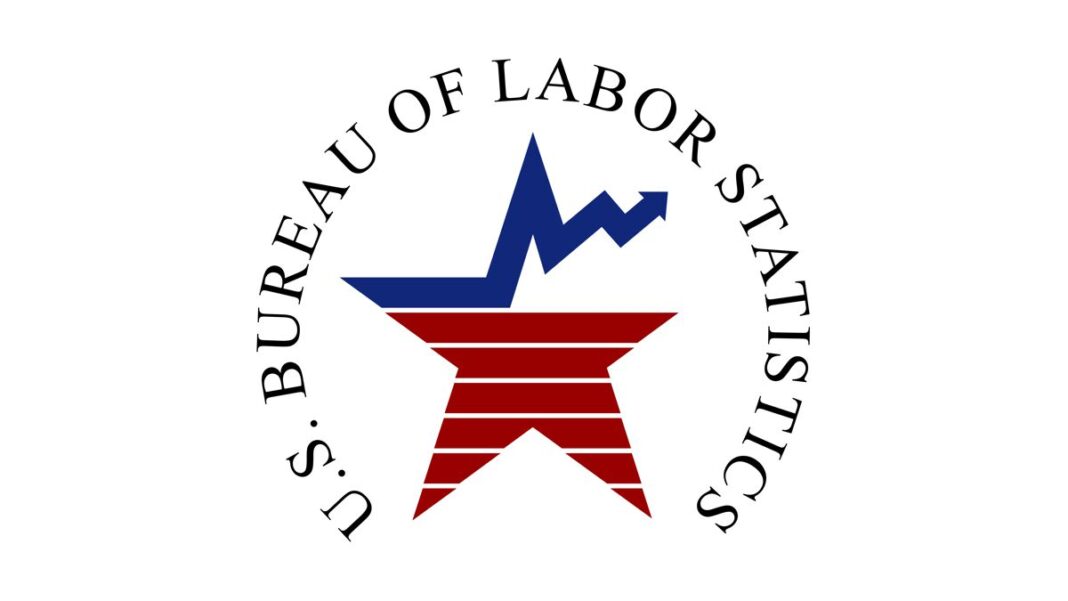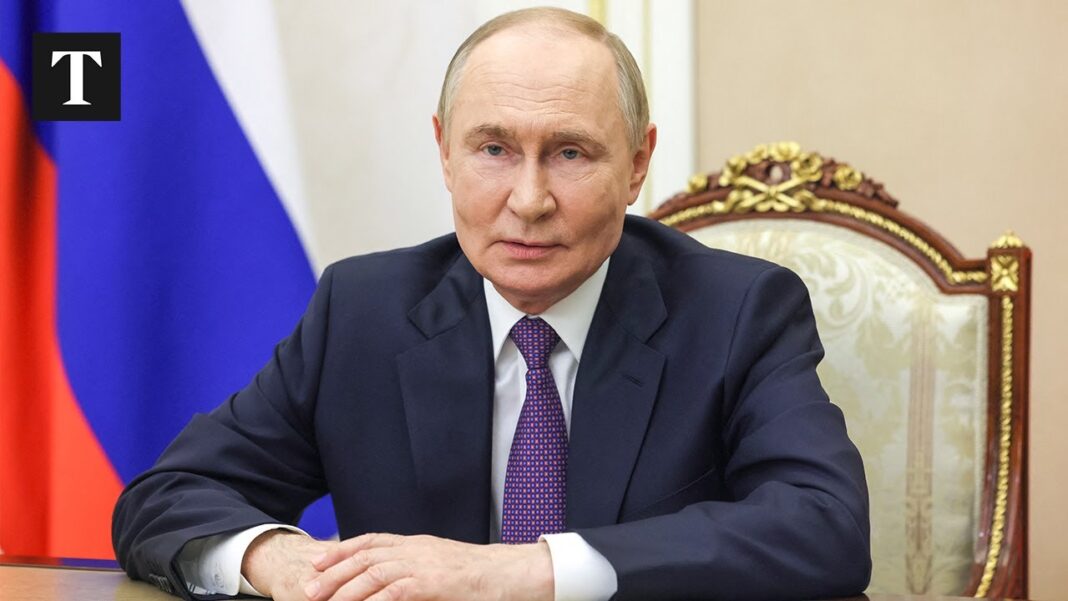‘The Fed won’t like this report,’ one finance expert said.
A key pipeline inflation indicator unexpectedly increased in July, driven mainly by an increase in wholesale services.
According to data released by the Bureau of Labor Statistics on Aug. 14, the producer price index (PPI) increased by 0.9 percent in July, from the zero percent reading in June.
The consensus estimate among economists for the PPI, which measures prices paid for goods and services by businesses, suggested a 0.2 percent increase.
A majority of the broad-based increase was driven by a more than 1 percent rise in final demand services, the largest monthly gain since March 2022, the bureau said.
Within the services index, a 2 percent boost for trade services was the chief cause. Declines in hospital outpatient care, furniture retail, and pipeline transportation for energy products partially offset this.
Prices for goods increased by 0.7 percent, with 40 percent of the jump attributed to food, particularly fresh and dried vegetables.
Prices also went up for eggs for fresh use (7.3 percent), diesel fuel (14.9 percent), jet fuel (12.5 percent), and meats (4.9 percent). Conversely, prices went down for wheat (minus 3.2 percent), processed poultry (minus 5.1 percent), gasoline (minus 1.8 percent), and natural gas (minus 2.1 percent).
On a 12-month basis, producer prices advanced by a higher-than-expected 3.3 percent from an upwardly revised 2.4 percent.
Core wholesale inflation, which strips out noisy signals from volatile energy and food prices, also increased by 0.9 percent from a flat reading in June.
Market watchers had penciled in a 0.2 percent boost.
Inflation in the PPI excluding food, energy, and trade jumped to 2.8 percent year over year.
Economists closely monitor producer prices because they can signal future inflation trends, as businesses typically pass higher costs onto consumers, foreshadowing potential increases to the consumer price index (CPI).
Since President Donald Trump announced his global tariff plans, the PPI has been subdued, signaling that higher levies could be starting to appear in the hard economic data.
“The large spike in the [PPI] … shows inflation is coursing through the economy, even if it hasn’t been felt by consumers yet,” Chris Zaccarelli, chief investment officer at Northlight Asset Management, said in a note emailed to The Epoch Times.
This week, the headline annual inflation rate for July remained unchanged at 2.7 percent, a lower-than-expected level. Core inflation rose to 3.1 percent from 3 percent, higher than the market forecast. July’s CPI pointed to some softening among tariff-sensitive items.
The next key inflation report will be trade prices. Import prices have been little changed this year, and the July numbers are expected to be flat. Export prices are also projected to rise by 0.1 percent.
Later in August, the Federal Reserve’s preferred personal consumption expenditures price index for July will be published, and forecasts suggest that it will hold steady.
By Andrew Moran








